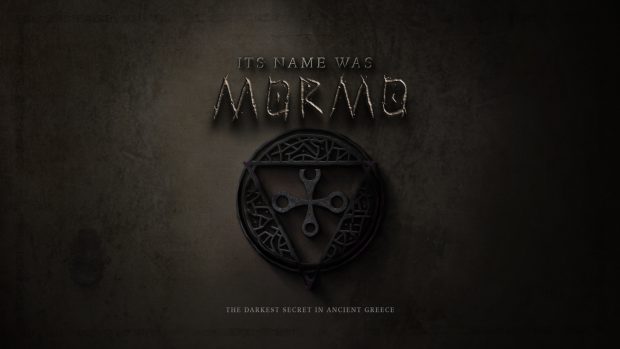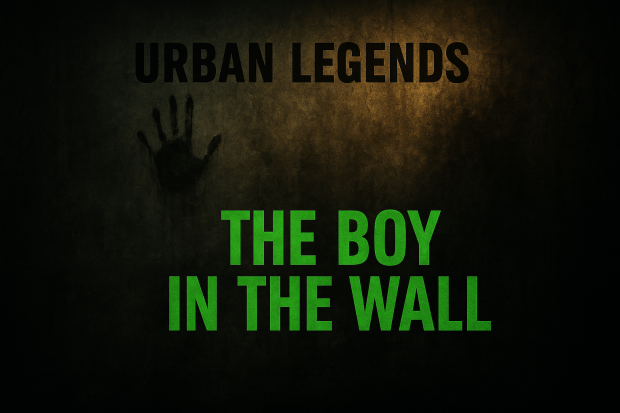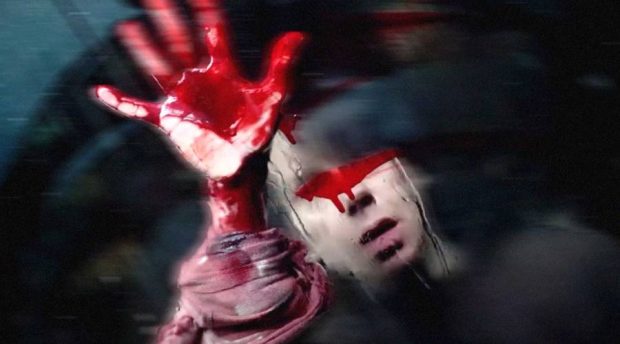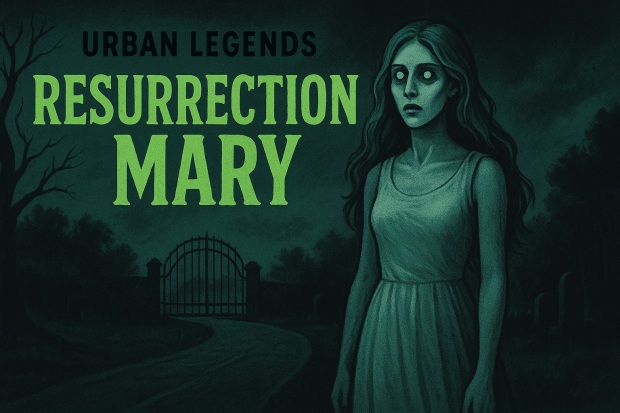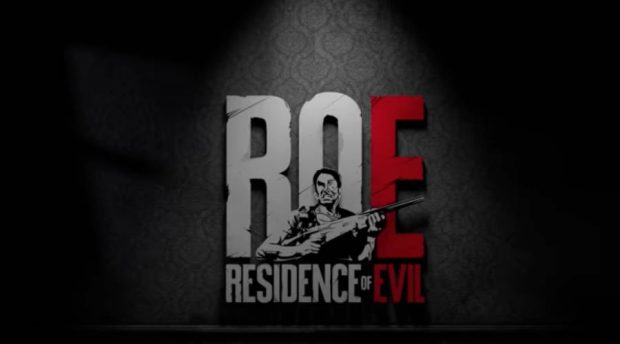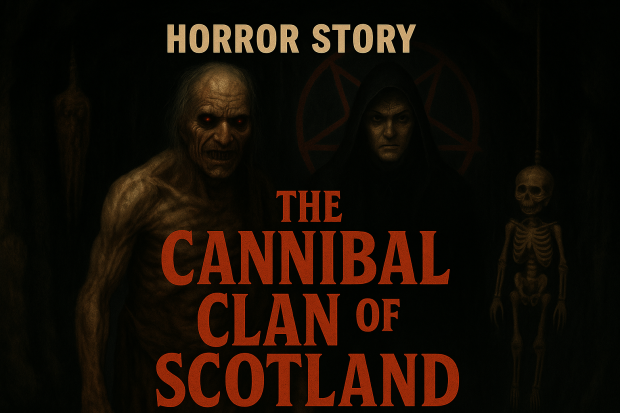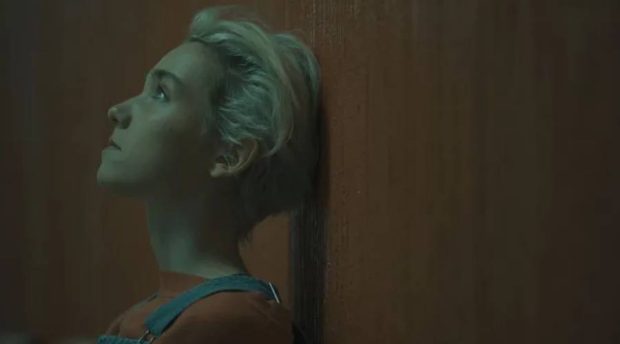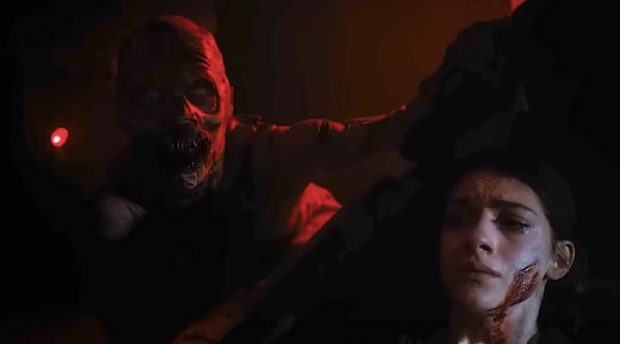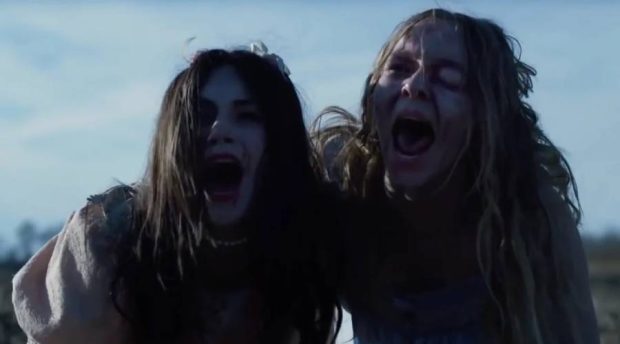
“Nosferatu” Robert Eggers Delivers a Bold and Gruesome Reimagining of a Gothic Legend
For over a century, Bram Stoker’s Dracula has inspired countless adaptations, from faithful renditions to inventive reinterpretations. Among these, F.W. Murnau’s unauthorized silent film Nosferatu (1922) stands as a landmark of gothic horror. Now, director Robert Eggers (The Witch, The Northman) breathes new life into this haunting tale with a visionary reimagining that transcends traditional vampire stories. Eggers’ Nosferatu emerges as a bold psychosexual tragedy, masterfully blending gothic horror with an unsettlingly macabre love story.
A New Vision of Gothic Tragedy
Eggers’ Nosferatu establishes its distinct identity even before the title card appears. The film opens with Ellen (Lily-Rose Depp), a young woman shunned by society and consumed by loneliness. Desperate for solace, she cries out into the void for an angel to deliver her. Instead, her plea awakens an ancient malevolence: Count Orlok (Bill Skarsgård), an undead creature driven by obsession and bloodlust. This fateful connection forges a sinister bond between Ellen and Orlok, a bond that lingers even as Ellen later finds love and stability with her husband, Thomas Hutter (Nicholas Hoult).

Ellen’s plight becomes the emotional core of the film. Depp’s performance as Ellen is breathtaking, portraying her as an outsider burdened by prophetic visions and episodes of melancholy. These manifestations, which include violent seizures timed with the arrival of dusk, hint at the dark influence of Orlok from afar. Her internal struggle is mirrored by her external torment, as she navigates the grotesque love triangle at the heart of the story.
A Twisted Tale of Desire and Horror
Eggers crafts a chilling dynamic between Ellen, Thomas, and Count Orlok. Thomas and Ellen’s relationship radiates warmth and sincerity, standing in stark contrast to the grotesque and predatory obsession Orlok harbors for Ellen. This isn’t a conventional love story, as Orlok is incapable of love in any human sense. Instead, he embodies lust, violence, and an insatiable hunger for domination.
Bill Skarsgård’s portrayal of Count Orlok is nothing short of transformative. Disguised as a nobleman with roots in Transylvanian lore, Orlok is a horrifying figure his decayed flesh and beastly feeding habits rendering him a far cry from romanticized depictions of vampires. Skarsgård trained extensively with an opera singer to lower his voice by an entire register, adding a visceral, commanding presence to his already grotesque character. Each word Orlok speaks resonates with sinister power, making him both mesmerizing and repellent.
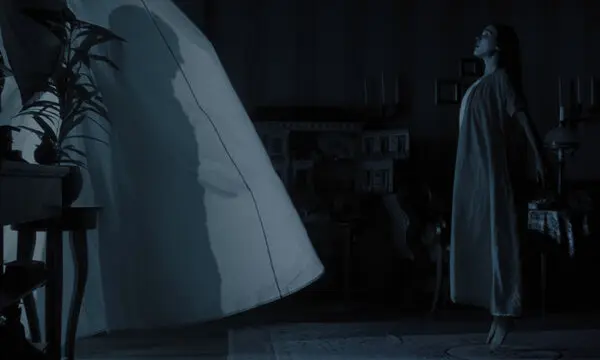
Gothic Horror Meets Stunning Craftsmanship
Eggers’ devotion to detail elevates Nosferatu beyond a mere horror film. Night scenes are crafted with monochromatic aesthetics, evoking the eerie beauty of early gothic cinema. Craig Lathrop’s production design immerses viewers in a tactile world of decrepit castles, plague-ridden towns, and shadowy forests. The film’s visual and auditory elements coalesce into a rich, immersive experience, with Robin Carolan’s haunting score and Damian Volpe’s unsettling sound design amplifying the dread.
The film’s horror isn’t confined to atmosphere alone. Eggers fearlessly pushes boundaries, delivering visceral violence, abundant bloodshed, and moments of grotesque intimacy. These elements heighten the tension while grounding the story in the raw, primal fears that underpin the gothic tradition.
A Holiday Horror Masterpiece
Set against the unlikely backdrop of the Christmas season, Nosferatu transforms familiar holiday themes into a sinister tableau. The film’s climactic moments, steeped in operatic drama and visceral horror, culminate in a haunting final shot that lingers long after the credits roll.
Eggers’ Nosferatu is more than a tribute to its predecessors it’s a reinvention that dares to explore the darker recesses of gothic storytelling. With its stunning visuals, bold performances, and unrelenting horror, the film establishes itself as a modern masterpiece destined to become a holiday horror classic.
This isn’t just a vampire film; it’s a macabre symphony of beauty and terror, where love and obsession collide in a mesmerizing dance of death. Nosferatu stands as a testament to the enduring power of gothic horror, redefined for a new era.



